- Home
- Project Management
Project Management

Monday.com List Board Activity Logs Integration
$0.00
Monday.com Activity Logs Integration | Consultants In-A-Box Turn Monday.com Board Activity Logs into Automated Insights and Better Decisions Monday.com records everything teams do on a board — who changed a status, when a task was moved, who left a comment. That stream of activity is rich with signals about productivity, bot...

Monday.com Get an Item's Column Value Integration
$0.00
Get an Item's Column Value | Consultants In-A-Box Turn Monday.com Item Data into Action: Retrieve Column Values for Faster Decisions At its simplest, the ability to retrieve a single column value from an item in Monday.com is about making the right piece of information available to the right person or system at the right tim...

Monday.com Get an Item Integration
$0.00
Monday.com Get an Item API | Consultants In-A-Box Turn Monday.com Task Data into Automated Decisions and Faster Workflows The Monday.com "Get an Item" capability provides a simple but powerful lever for businesses: it fetches everything you need about a single task or work item so systems and people can act on accurate, up-t...

Monday.com Get a User Integration
$0.00
Monday.com Get a User Integration | Consultants In-A-Box Map and Control Integrations on Monday.com to Simplify Workflows and Improve Security Visibility into who has which integrations connected is one of the simplest levers for reducing complexity across a business. The Monday.com "Get a User Integration" capability p...

Monday.com Get a Team Integration
$0.00
Monday.com Get a Team Integration | Consultants In-A-Box Unify Team Visibility and Automate Resource Planning with Monday.com's Team Integration The Monday.com “Get a Team” integration is a simple but powerful way to pull accurate, up‑to‑date information about teams into the systems your business relies on every day. Rather ...

Monday.com Get a Group Integration
$0.00
Monday.com Get a Group Integration | Consultants In-A-Box Turn Monday.com Groups into Actionable Workflows: Reliable Group Retrieval for Smarter Automation The ability to fetch a group from Monday.com — including its title, color, position, and the IDs of the items it contains — is a simple capability with outsized operation...

Monday.com Get a Board Integration
$0.00
Monday.com Integrations Visibility & Automation | Consultants In-A-Box Make Monday.com Integrations Visible, Reliable, and Automated The "Get a Board Integration" capability in Monday.com is a simple but powerful idea: it lets you see exactly which third-party connections exist on a given board and how they're configured...

Monday.com Execute a GraphQL Query Integration
$0.00
Monday.com GraphQL Integration | Consultants In-A-Box Turn Monday.com Data into Action: Smarter Workflows with GraphQL and AI The Monday.com GraphQL integration lets businesses fetch, update, and reshape project data in the precise way they need — no more bulky exports, duplicated effort, or long waits for reports. In plain ...

Monday.com Duplicate an Item Integration
$0.00
Monday.com Duplicate an Item Integration | Consultants In-A-Box Cut Repetition and Improve Consistency: Automate Item Duplication in Monday.com The Monday.com Duplicate an Item integration makes it easy to reproduce tasks, templates, and processes without repetitive manual work. Instead of copying rows by hand or recreating ...

Monday.com Duplicate a Group Integration
$0.00
Duplicate Groups in Monday.com to Automate Workflows | Consultants In-A-Box Duplicate Groups in Monday.com: Faster Rollouts, Fewer Mistakes, Better Team Productivity Duplicating a group inside Monday.com sounds simple, but when you make it repeatable and programmable it becomes a lever for meaningful operational change. The ...

Monday.com Duplicate a Board Integration
$0.00
Automated Board Duplication for Faster Project Launches | Consultants In-A-Box Duplicate Boards Automatically to Launch Projects Faster and Scale Consistently Duplicating a board inside a work management platform like Monday.com might sound like a small feature, but when it’s automated and connected to broader workflows it b...

Monday.com Download a File Integration
$0.00
Monday.com Download a File Integration | Consultants In-A-Box Automate File Retrieval from Monday.com to Cut Manual Work and Unlock Insights The Monday.com "Download a File" integration turns attachments on boards into actionable assets you can move, analyze, and store automatically. Instead of a team member manually sa...

Monday.com Delete or Archive an Item Integration
$0.00
Monday.com Delete or Archive Item API | Consultants In-A-Box Keep Boards Clean and Teams Focused with Automated Item Deletion & Archiving The ability to remove or archive items in Monday.com programmatically turns routine board maintenance into a strategic advantage. Rather than relying on people to manually clean up com...

Monday.com Create or Get a Tag Integration
$0.00
Monday.com Tag Automation | Consultants In-A-Box Automate Tag Management in Monday.com to Boost Team Efficiency Tags are small labels with outsized impact. In Monday.com, they help teams categorize work, filter views, and fuel reports. But for growing organizations managing dozens of projects, boards, and teams, manually cre...

Monday.com Create an Update Integration
$0.00
Monday.com Create an Update | Consultants In-A-Box Automatically Capture Progress and Keep Teams Aligned with Monday.com's "Create an Update" The "Create an Update" capability inside Monday.com lets systems and automations post activity to task cards, project items, or pulse feeds so that the story of work is visible, contex...

Monday.com Create an Item Integration
$0.00
Monday.com Create Item Automation | Consultants In-A-Box Automate Monday.com Item Creation to Speed Workflows and Boost Business Efficiency Creating items in Monday.com is a daily reality for teams managing projects, sales pipelines, customer requests, HR onboarding, and more. When that work is manual—copying leads from a CR...

Monday.com Create a Subitem Integration
$0.00
Monday.com Subitem Automation | Consultants In-A-Box Turn Complex Projects into Clear Action: Subitem Automation for Monday.com Breaking work into manageable pieces is the difference between projects that stall and projects that move fast. The Create a Subitem capability in Monday.com lets teams automatically generate nested...

Monday.com Create a Group Integration
$0.00
Monday.com Create a Group Integration | Consultants In-A-Box Automate Team Structure: Create Groups in Monday.com Automatically to Speed Work and Reduce Errors Creating the right structure in a work management system is a small step that powers big outcomes. The Create a Group integration for Monday.com lets businesses add n...
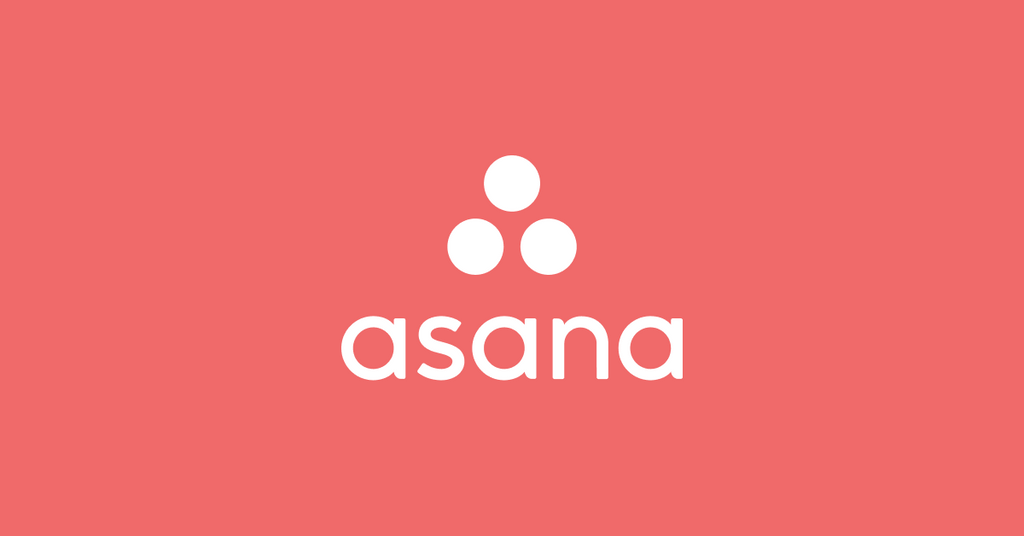
Asana Watch Webhook Events Integration
$0.00
Understanding the Asana Watch Webhook Events Integration Asana is a widely-used project management tool that helps teams plan, organize, and track work in a collaborative environment. Its API provides a powerful means for developers to extend and integrate Asana with other applications and services. One of the features offered by the Asana API ...
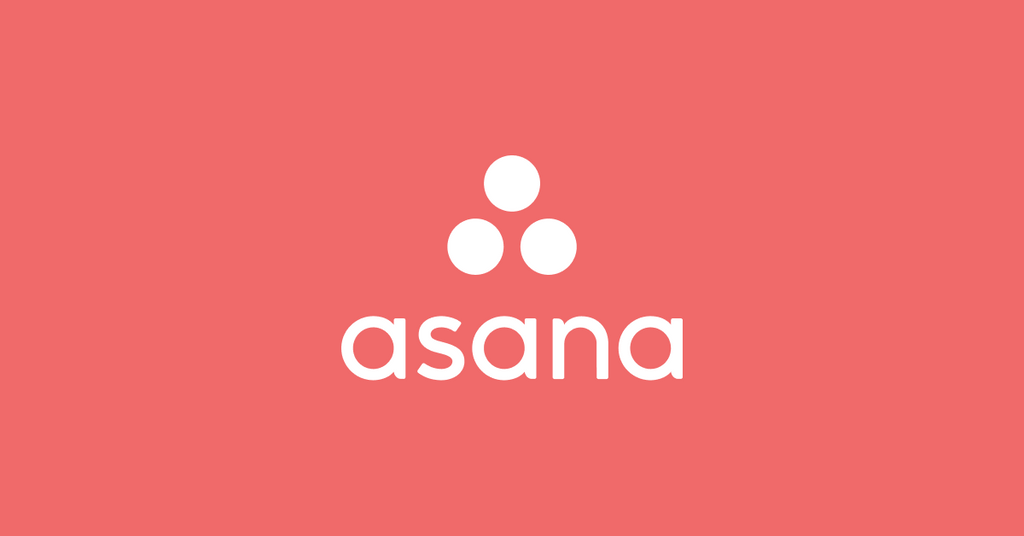
Asana Watch New Tasks Integration
$0.00
Understanding Asana Watch New Tasks Integration Asana Watch New Tasks Integration is an API endpoint designed to enable developers and users to create automated workflows that trigger actions when new tasks are created in Asana, a project management tool. This specific endpoint plays a crucial role in enhancing productivity and ensuring real-tim...
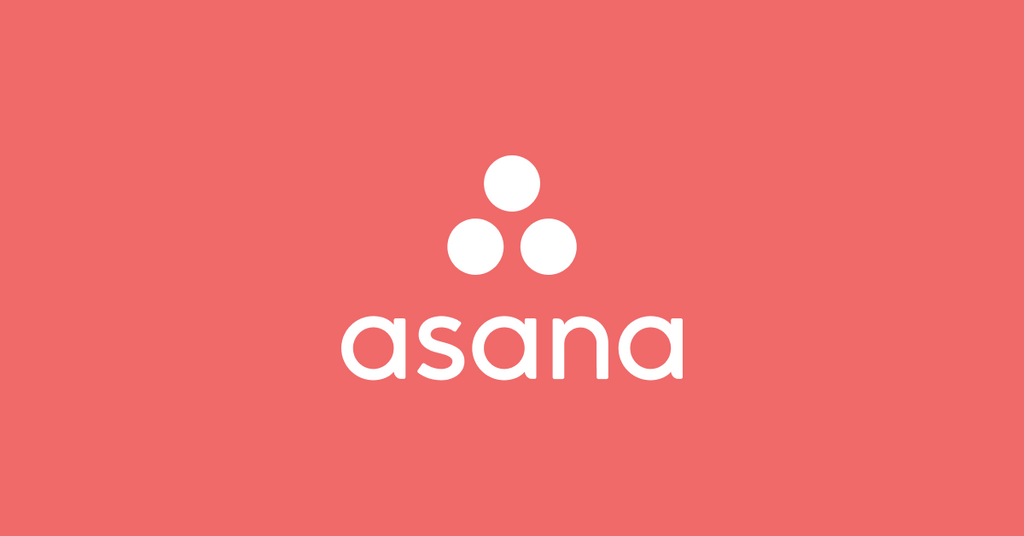
Asana Watch New Tags Integration
$0.00
Asana is a popular project management tool designed to help teams coordinate and track their work effectively. Within Asana, a 'tag' is a flexible way to label tasks, making them easier to sort, filter, and find across projects. For organizations and teams seeking to improve their efficiency and automate their workflows, the 'Asana Watch New Tag...
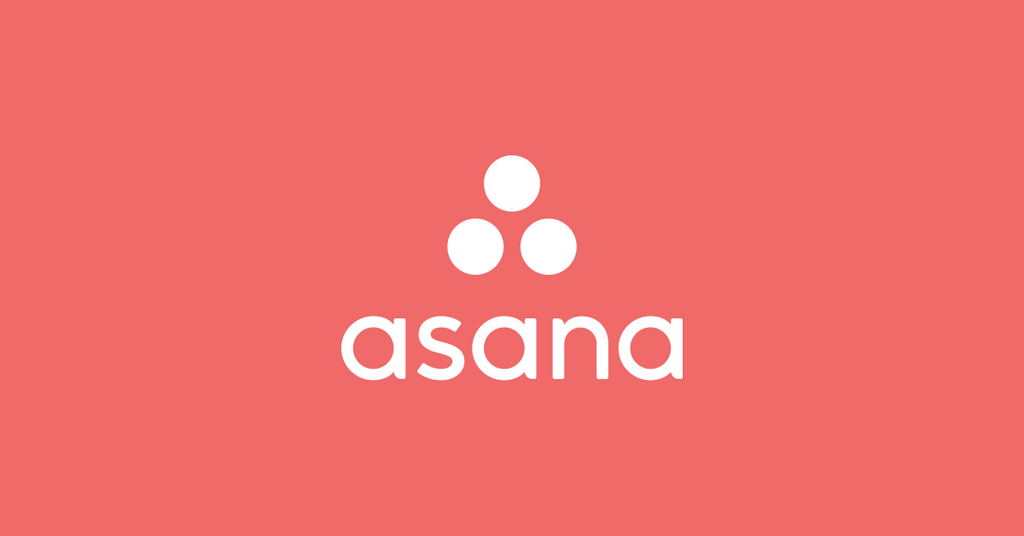
Asana Watch New Subtasks in a Task Integration
$0.00
Utilizing the Asana "Watch New Subtasks in a Task" Integration API Endpoint Asana is a project management tool designed to help teams organize, track, and manage their work. Many organizations use Asana to keep track of tasks, projects, and deadlines. As with any complex system, maintaining oversight and ensuring that all task dependencies are ...
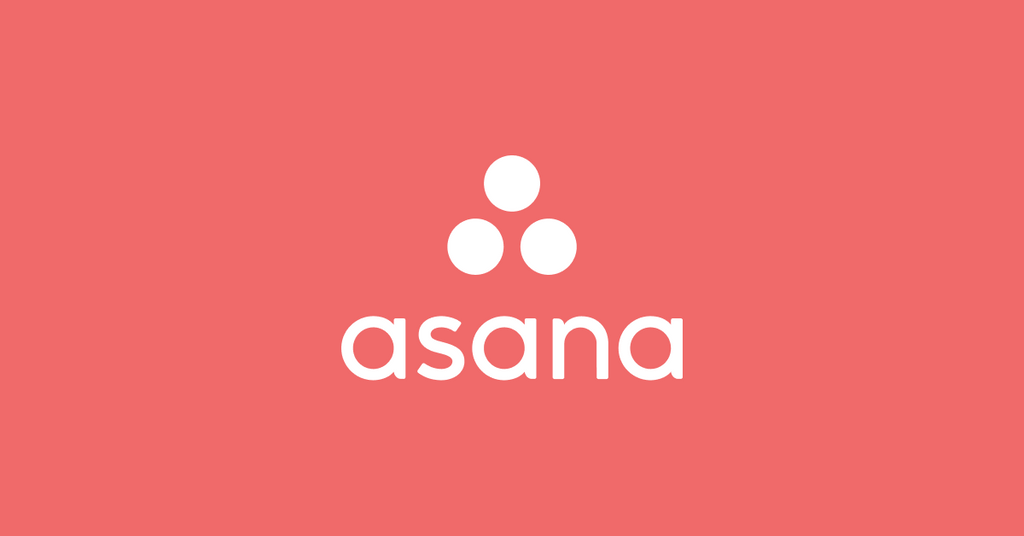
Asana Watch New Stories Integration
$0.00
The Asana Watch New Stories Integration API endpoint is a feature that allows developers to integrate real-time notifications or updates into their applications whenever there is a new "Story" (a term used in Asana to refer to comments, descriptions, or updates to tasks) in an Asana project or task. Using this API endpoint, you can set up an au...
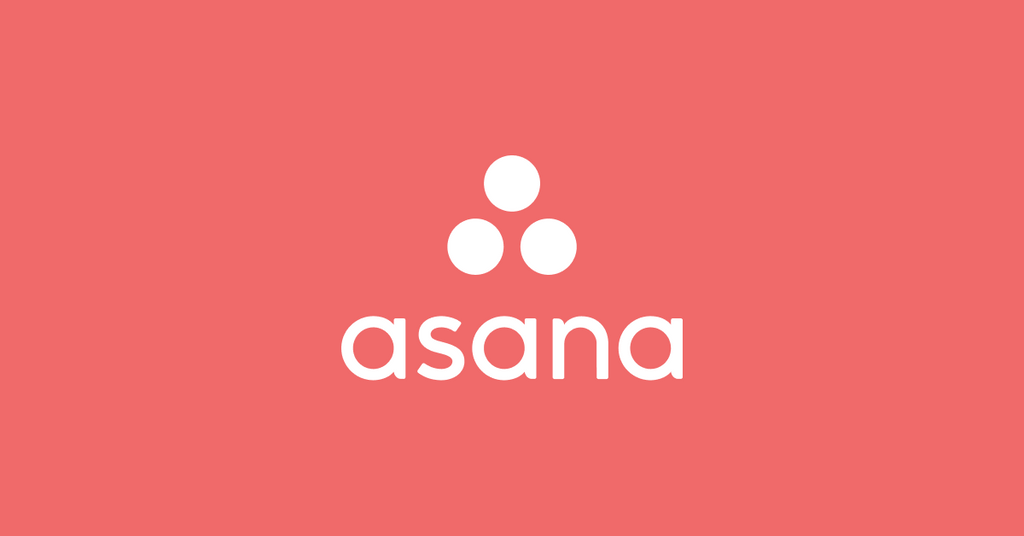
Asana Watch New Projects Integration
$0.00
Understanding the Asana "Watch New Projects" Integration API Endpoint The Asana "Watch New Projects" Integration API endpoint is a powerful tool that allows developers to programmatically track when new projects are created within Asana, a popular project management platform. This API endpoint can be used to integrate Asana with other software ...
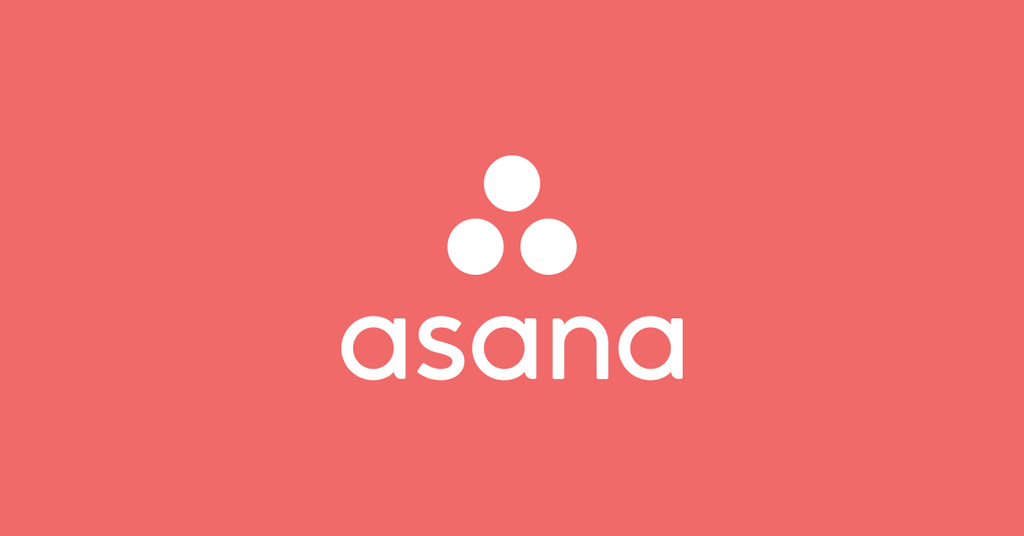
Asana Watch Completed Tasks Integration
$0.00
The Asana Watch Completed Tasks Integration API endpoint provides an interface for developers to monitor and interact with completed tasks within the Asana project management tool. By leveraging this API endpoint, developers can create systems or applications that automatically trigger actions or notifications when tasks are marked as complete i...
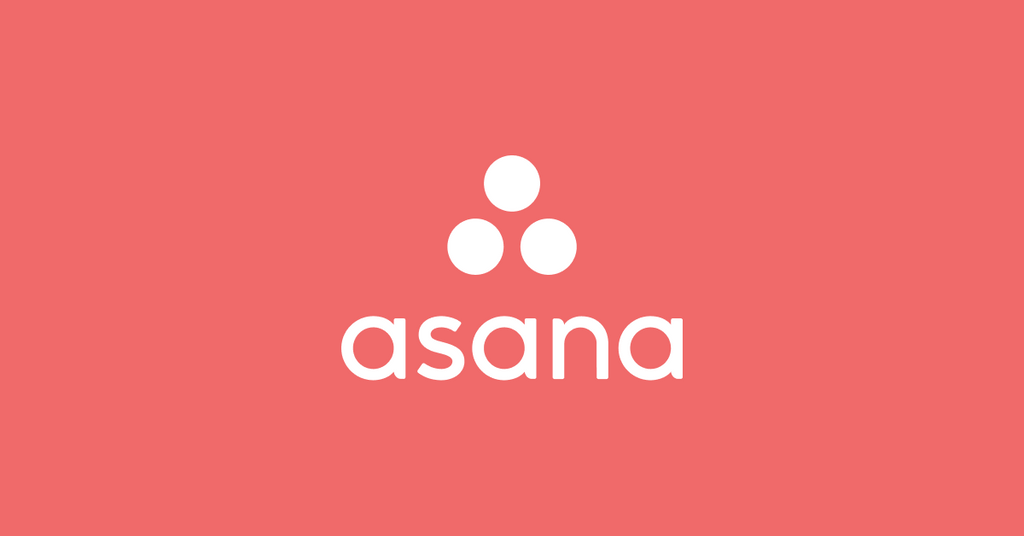
Asana Upload an Attachment Integration
$0.00
Asana is a popular project management tool that enables teams to organize, track, and manage their work. The Asana API allows developers to integrate Asana's functionalities with other applications or create new tools that require Asana's capabilities. One such feature available through the Asana API is the ability to upload an attachment to a t...
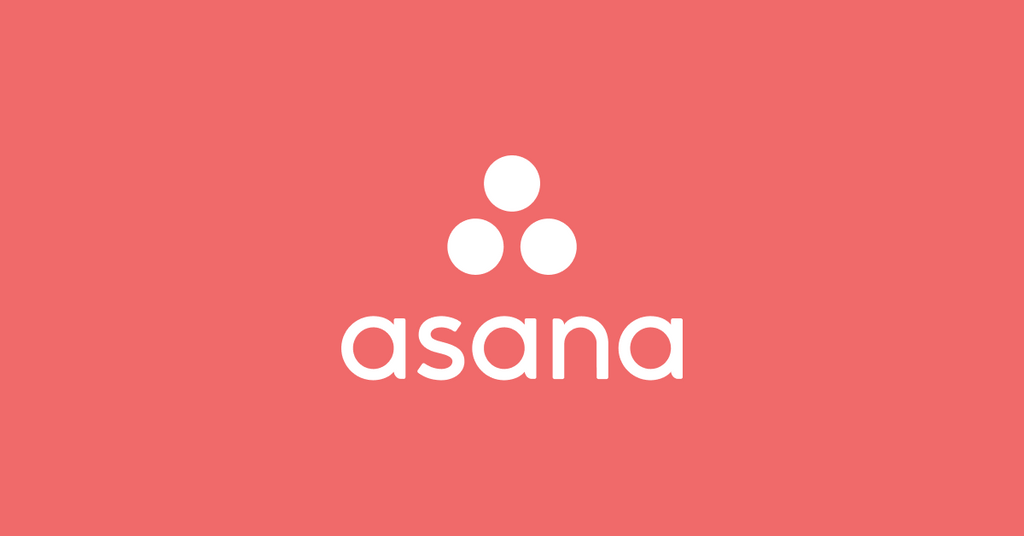
Asana Update a Workspace's Users Integration
$0.00
The Asana Update a Workspace's Users Integration API endpoint is a useful feature for developers and organizations that use Asana, a popular project management tool, to manage their tasks, projects, and workflows. This API allows for the programmatic updating of user settings and permissions within a specific workspace in Asana. Using this API ...
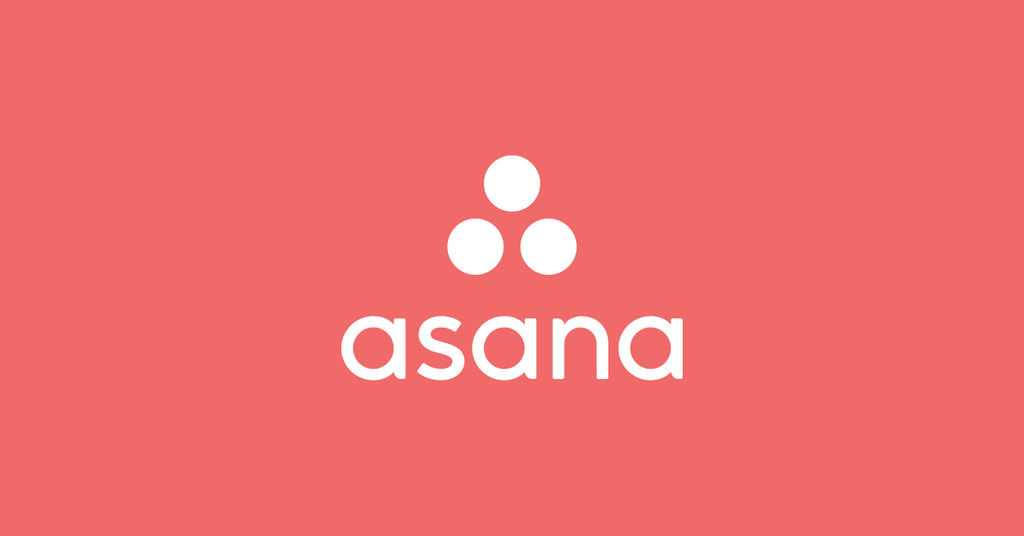
Asana Update a Task's Tag Integration
$0.00
What can be done with the Asana Update a Task's Tag Integration API endpoint? The Asana Update a Task's Tag Integration API endpoint allows developers to programmatically add or remove tags from tasks in Asana, which is a project management tool. Tags in Asana are used to categorize tasks, making it easier for team members to sort, filter, and ...
Collections
- 0CodeKit Integrations
- Accounting
- ACH Processing
- Active Campaign
- Ai Automations and Integrations
- Aircall
- All Integrations
- Annuities
- ATS
- Auto & Home
- BI and Analytics
- Brand Management
- Bullhorn Integration Endpoints
- Business Infrastructure
- Business Operations
- Business Retirement Plans
- Business Systems
- Card Access
- CCaaS
- Clio Integrations
- Cloud Services
- Connectivity, MPLS, Private Line
- Cost Reduction
- CPaaS/SIP
- Customer Relationship Management
- Data Center
- Developer Platforms
- Development
- E-Commerce
- E-Commerce Software
- eREIT
- Field Service Automations and Integrations
- Finance Automations and Integrations
- Financial
- Fire Alarm Systems
- Fleet Tracking
- FTP Hosting
- Gift Card & Loyalty
- Google Sheets
- Graphic Design
- Health
- Healthcare Software
- HR and HCM Automations and Integrations
- HR Software
- Human Resources
- Implemenation
- Insurance
- Integrate RingCentral With Monday.com
- Integrations
- International
- Intrusion Systems
- Investments
- Invoicing
- Invoicing and Contract Software
- Lead Generation
- Learning Management
- Legal
- Legal Services
- Long Term Care
- Managed Investments
- Managed Services
- Marketing
- Marketing
- Marketing Automations and Integrations
- Micro Funding
- Mobile Payments
- Mobility/IoT
- Monday.com Integrations
- Mutual Funds
- Other
- Others Software
- Outsourced Sales
- Pay Per Click
- Payment Processing
- Payroll
- Phone Systems
- Photography
- Pre-Paid Legal
- Print & Promotional
- Process Implementation
- Product Management
- Productivity
- Productivity & Efficiency Improvement
- Project Management
- Recuritment
- Recurring Payments
- RingCentral Integrations
- Sales Software
- Sales Training
- SD-WAN
- Search Engine Optimization
- Security
- Security and IT Management
- Security Systems
- Sling Scheduling Features
- SMS Communication
- Social Media
- Social Media Management
- Telecommunications Automations and Integrations
- Term Life
- Top Products
- Twilio Integrations
- UCaaS
- Video Conferencing
- Video Production
- Video Surveillance
- Web Development
- Web Hosting
- Webinar & Screen Sharing
- Workflow Training
- Zoho
- Zoho CRM Integrations
- Zoho Email & Collaboration
- Zoho Finance
- Zoho HR
- Zoho Legal
- Zoho Marketing
- Zoho Sales
- Zoho Service
- Zoho Suites



























